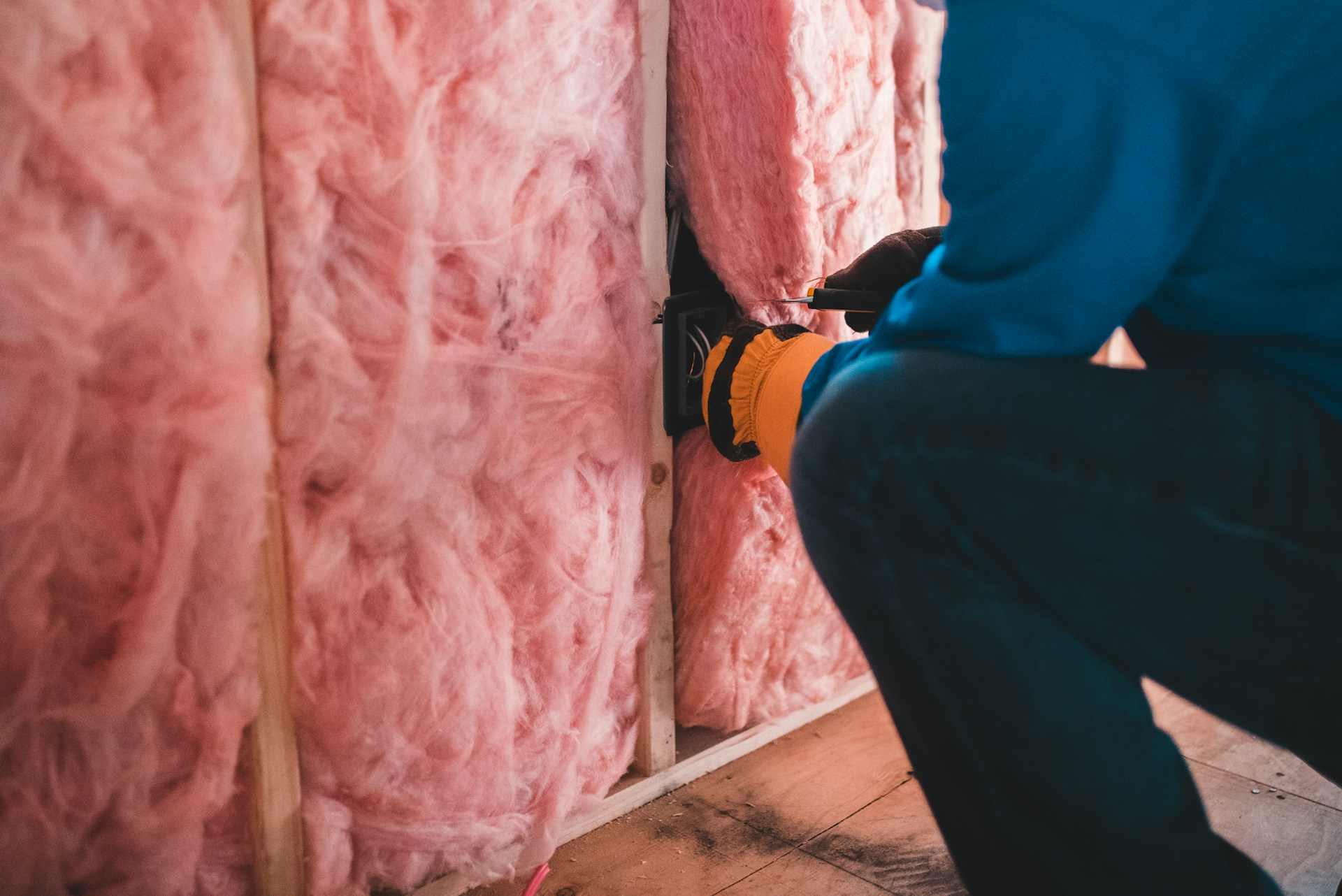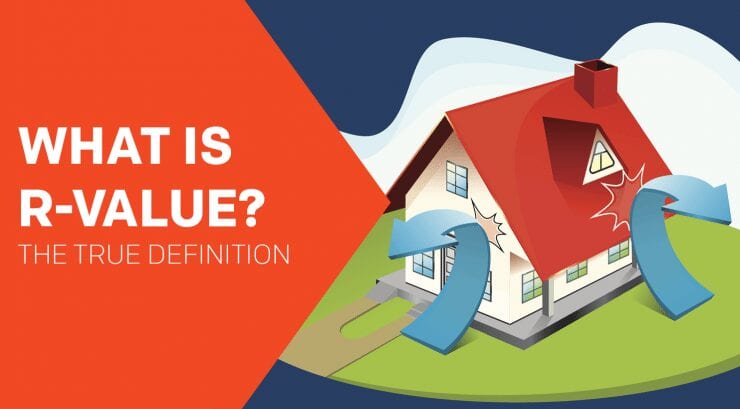
Table of Contents
The Misunderstanding of Sound Proofing Insulation
The search term sound proofing insulation is another acoustically confused term. First, there is no such thing as sound proofing. Sound is never “proofed”. Sound or noise is managed to fall below a particular noise level. There are no absolutes when it comes to sound or noise. The search term sound proofing insulation also confuses the term insulation. Its usage has been perverted by those seeking a cheap solution to some issue.
Building insulation is not an acoustical tool. It is a material type that is associated with keeping your room warm and cool. Building insulation is associated with r value which is a number that determines how much temperature isolation the material can be achieved. Building insulation is for climate control. It is not an acoustical tool. It lacks the proper rates and levels of absorption for music and voice.
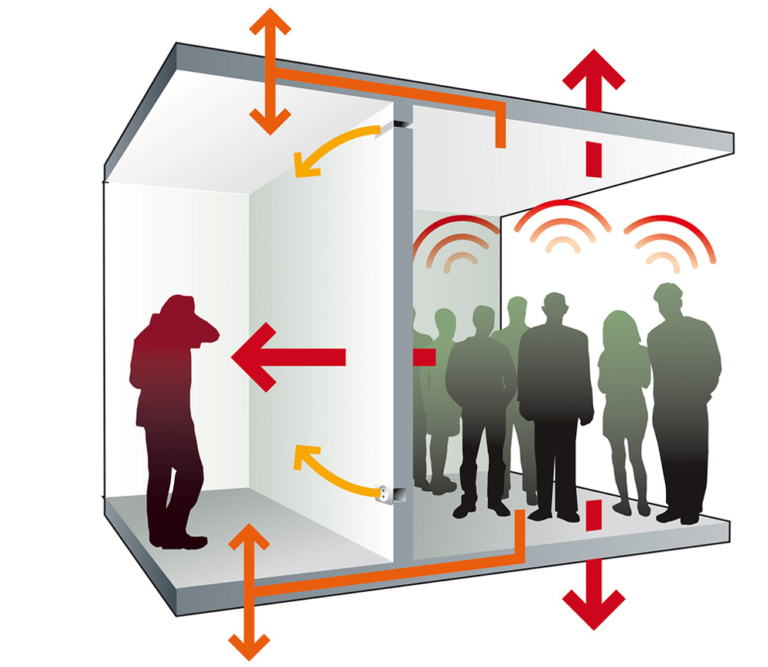
Insulation’s Role in Climate Control, Not Acoustics
Noise is like water. It will find the weakest link in any structure and go right through it. There is no such thing as sound proofing insulation when it comes to noise. Noise requires a barrier to manage it. A barrier is a permanent construction technique that involves noise measurements to assist with the design of the barrier. A barrier is a structure that you build between the source of the noise and the receiver. It is a permanent construction fix.
There are no wall hanging panels that will attenuate noise. Every material used within the barrier is dependent on the frequency and amplitude of the noise. You must know every part of the noise in order to build a barrier that will attenuate your particular noise issue. Using a search term sound proofing insulation will not assist you with your noise goals.
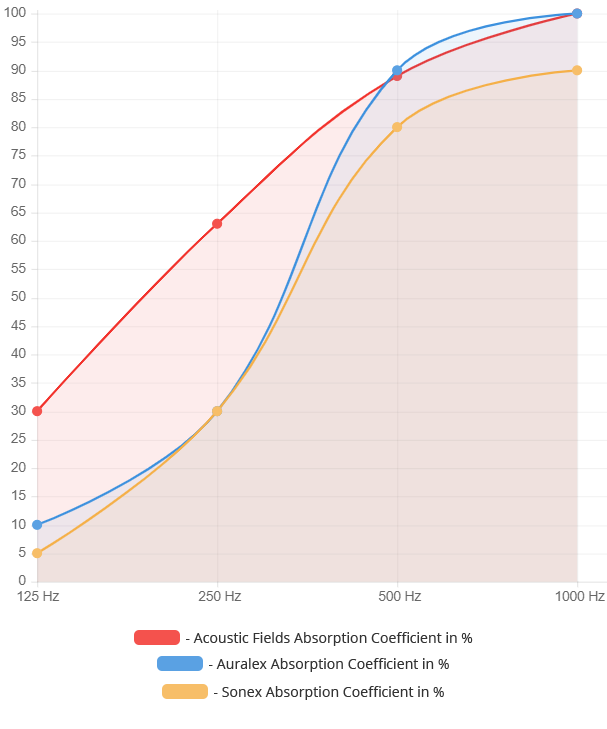
The Realities of Noise Management and Barrier Construction
Using building insulation to absorb sound energy within a room is not the proper treatment technology. Music and voice require a special rate and level of absorption in order to lower reverberation times within a room. You must use a technology that has a smooth rate and level of absorption to manage music and voice. At Acoustic Fields, we have created the smoothest foam curves in the business compared to others in the marketplace. business.
Reverberation is defined as to how long a sound stays around within a room after it has been sung, spoken,or played. Managing reverberation is all about using sound absorption to absorb the excess energy that is created by the reflections from the walls, floor, and ceilings in our audio rooms. There is no part of this process that involves sound proofing insulation. We are trying to manage noise with a technology that is used to regulate climate in our rooms.
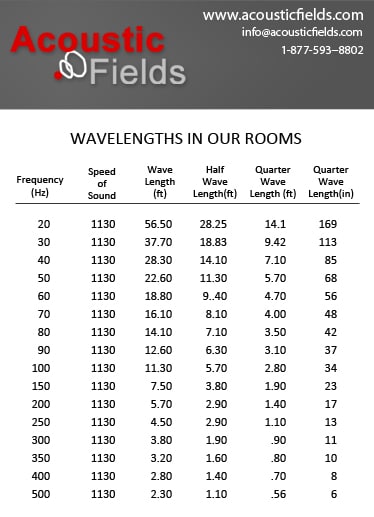
Why Building Insulation Fails as Sound Absorption for Music and Voice
The search term sound proofing insulation is a misnomer when it comes to low frequency energy. Low frequency energy or as it is commonly referred to as “bass”. Building insulation is a limp mass material type. There is no way it can attenuate enough energy to deal with low frequency noise transmission. Low frequency energy has long wavelengths. Let’s look at a 40 hz. wave.
It is 28′ long. How is building insulation going to stop an energy wave that is 28′ long. The answer is that it can not. This is the danger of using material types to treat an energy issue that the material can not. Using a search term sound proofing insulation to try and stop an energy wave that is 28′ long and 14′ high that oscillates continually through our rooms or against our exterior walls.
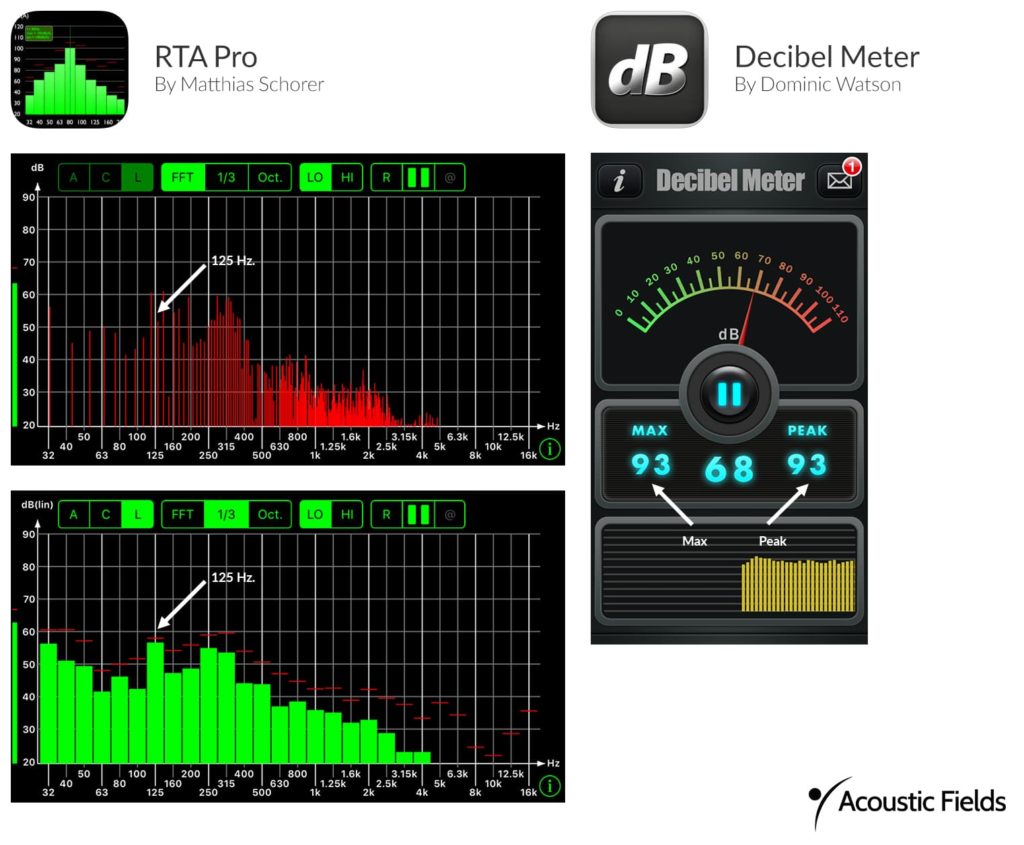
The Ineffectiveness of Building Insulation Against Low Frequency Noise
The search term sound proofing insulation is all about stopping noise. Using building insulation to stop noise, it is like holding up a feather to stop a tornado. The only way to mitigate noise is to build a barrier that is designed from noise measurements that are taken over a one week time period. We need to know the frequency and amplitude of all noise so that we can build the proper barrier technology.
At Acoustic Fields, we have a noise measurement program where you use your phone with our noise apps. You take noise measurements twice a day over a seven day time period. You record the data taken on our online form. You then send the form back to us and we will analyze your noise data and provide you with a drawing showing what barrier type you must build to stop your noise.


